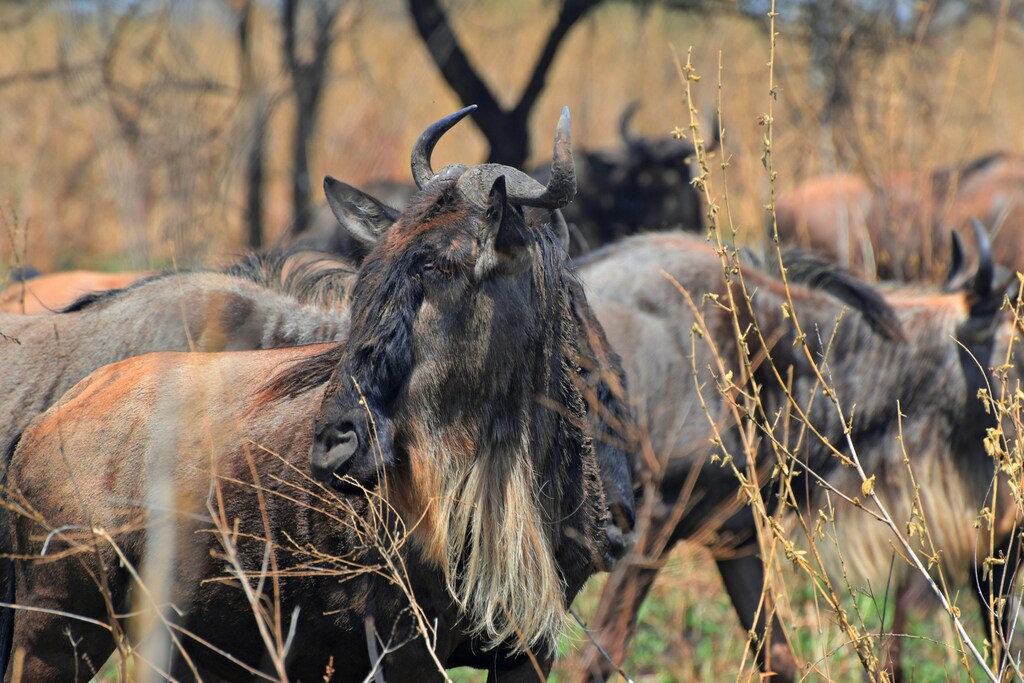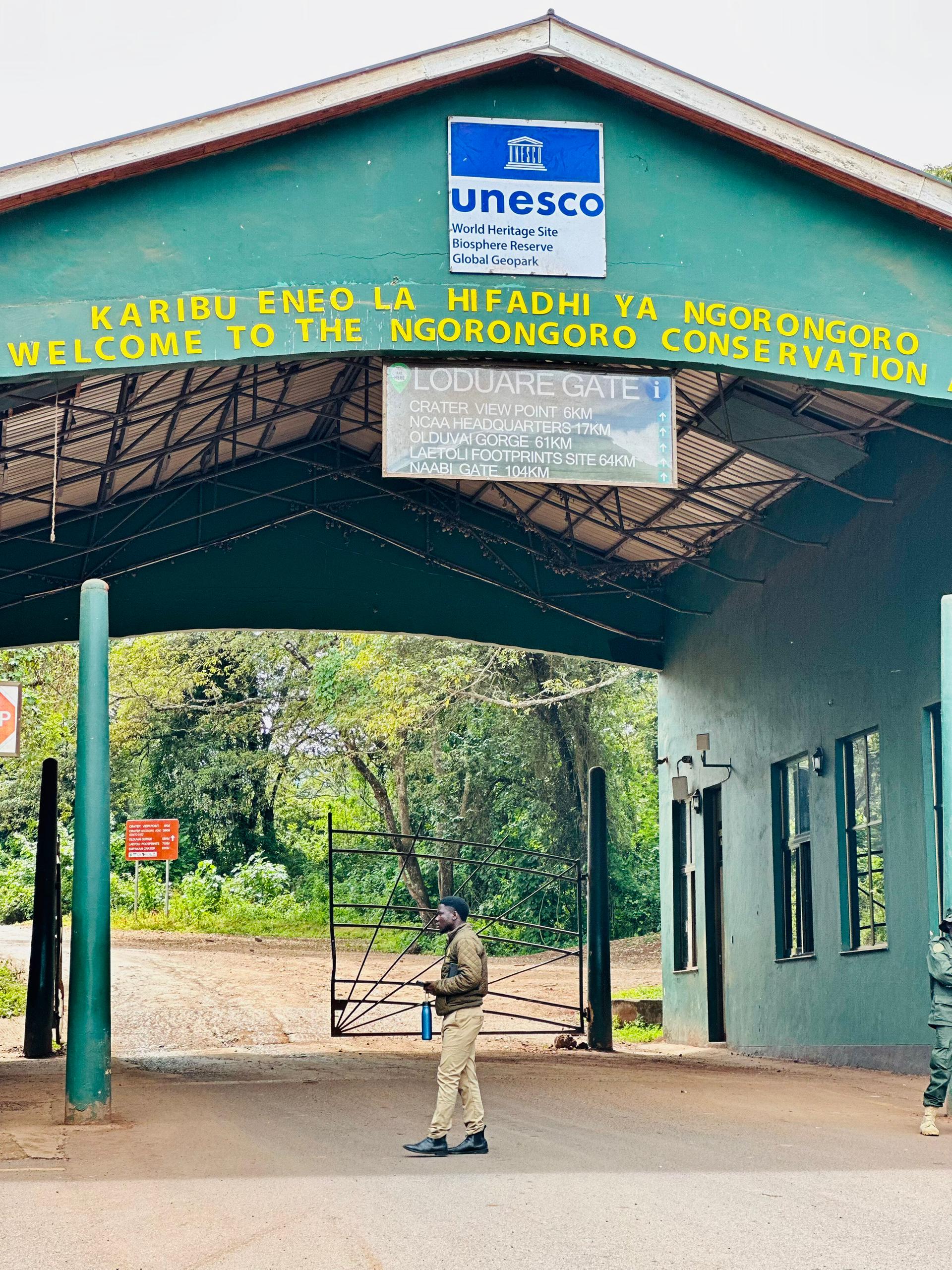Serengeti vs Ngorongoro: The Ultimate Tanzania Safari Showdown guide:
In the heart of Tanzania lie two crown jewels of adventure—one an endless sweep of golden grasslands, the other a dramatic volcanic caldera alive with wildlife. Whether you crave the pulse-pounding spectacle of migration or the intimate thrill of close-up Big Five sightings, this guide unpacks everything you need to know to choose—or combine—the two with Agasaro Safaris.
Discover our Luxury Tanzania Safari Packages, from a Serengeti Migration Safari 2025–2028 to Ngorongoro Crater Wildlife Tours, all tailored for family adventures and honeymooners.
Experience fly-in safaris to eco-friendly safari lodges with your own private guide and unwind on white-sand Zanzibar beaches.
Book your Tanzania Safari Family Tours today and immerse in unparalleled wildlife encounters and bespoke cultural journeys.

Quick At‑a‑Glance Comparison
| Feature | Serengeti | Ngorongoro Crater |
|---|---|---|
| Highlight | Great Migration river crossings, vast herds | Concentrated Big Five in a single ecosystem |
| Best For | Epic wildlife drama, photography panoramas | First-time safari-goers, dense wildlife |
| Peak Season | June–October (river crossings) | January–April & June–October |
| Terrain | Rolling plains, kopjes, acacia-lined valleys | Crater floor lakes, grasslands, forest rims |
| Access | Flights to Seronera; rougher 4×4 tracks | Paved road to crater rim; easy game drives |
Introduction
Picture yourself at dawn on the Serengeti’s open plains. A golden sunrise backlights thousands of wildebeest hoofing across the horizon—then, switch scenes: you peer over the rim of one of the world’s largest intact volcanic calderas, watching lions lounge as elephants drink in the crater’s basin. It’s not a dream—it’s the Serengeti and Ngorongoro, and Tanzania’s greatest safari debate.
In this guide, we’ll:
- Explore the ecological wonders of each reserve.
- Reveal top photo vantage points and gear tips.
- Map out logistics, from road conditions to budgets.
- Share a combined itinerary that bridges both worlds.
- Answer your burning FAQs with crystal-clear insights.
Ready to discover which jewel sparkles brightest for you? Let’s dive in.
Ecological Showdown
Biome & Habitat
- Serengeti: A sea of grass stretching 14,750 sq km, punctuated by rock kopjes. Savanna grass species fuel the annual wildebeest migration—arguably the planet’s most spectacular wildlife event.
- Ngorongoro: A 260 sq km crater rim sits 600 m above the forested basin. Microclimates support over 30 species, from the elusive black rhino to vast herds of zebra and grazing wildebeest.
One evening, I shared a fireside chat with a Maasai ranger at Ngorongoro’s rim lodge—he pointed out lion tracks crossing at dawn and whispered, “The crater floor never sleeps.”
Migration vs. Resident Populations
- Serengeti Migration: From December’s southern calving grounds to July’s Grumeti crossings, over 1.5 million wildebeest and 250,000 zebras carve a path dictated by rain.
- Crater Residents: Year‑round sightings of all Big Five. Rainy-season bird migrations add 400+ species to the calendar.
Conservation Frontlines
- Poaching Pressures: Serengeti’s vast expanse challenges patrols; recent drone programs are shifting the tide.
- Ecosystem Fragility: Crater agriculture on rim slopes tests the balance—community-led grazing plans aim to protect habitats.
Photography Face-Off
Landscape & Light
- Serengeti: Golden-hour silhouettes atop kopjes; endless skies make for dramatic panoramas.
- Ngorongoro: Misty mornings in the crater bowl; crater rim sunsets against distant peaks.

Iconic Subjects & Tips
| Subject | Serengeti Tip | Crater Tip |
| River Crossings | Use 70–200 mm lens; hide near Mara River banks | Not applicable – focus on crater lake reflections |
| Predator Close‑ups | Track lions around early-morning waterholes | Park jeep close to animals on flat crater floor |
| Panoramic Herd Shots | Wide‑angle from Seahorse kopje at sunrise | Crater rim East/South ridge for valley overlook |
Pro Tip: For both parks, request a crate hide near waterholes for dawn and dusk sessions—expect dramatic light and wildlife in close quarters.
Serengeti vs Ngorongoro: The Ultimate Tanzania Safari Showdown
Logistics & Comfort
Getting There
- Serengeti: Daily charters into Seronera (SEN) or Grumeti (GTZ). 4×4 transfers require 3–5 hours from Kilimanjaro.
- Ngorongoro: Paved road to crater rim gate; roughly 2.5 hours by road from Arusha. Easy vehicle access.
Accommodation Spectrum
| Type | Serengeti Options | Crater Options |
| Luxury | Four Seasons Serengeti; Singita | Ngorongoro Crater Lodge; Rhino Lodge |
| Mid‑range | Serengeti Sopa Lodge; Kubu Kubu | Ngorongoro Serena Safari Lodge |
| Budget | Mobile tented camps; community eco lodges | Crater View Camp; Endoro Lodge |
Budgeting & Permits
- Park Fees (per adult per day): Serengeti ~60 USD; Ngorongoro ~70 USD plus crater conservation levy.
- Guides: Require licensed guides—pool costs with other travelers for savings.
Frequently Asked Questions
Can I witness the Great Migration in Ngorongoro?
The migration skirts the crater rim but never drops into the basin—plan to visit Serengeti’s western corridors for crossing action.
Which park guarantees more Big Five sightings?
Ngorongoro’s closed ecosystem yields nearly 100% chance of all Big Five; Serengeti offers drama but sightings vary seasonally.
What’s the best time for bird‑watching?
Serengeti: November–May. Ngorongoro: January–April during peak migratory influx.
How do park fees compare?
Serengeti: ~60 USD/day. Ngorongoro: ~70 USD/day + conservation levy; guided tours often include fees.
Can I self-drive between parks?
Yes—with a 4×4 vehicle; roads to Ngorongoro rim are paved, but Serengeti tracks require experienced drivers.
Is a combined safari worth the extra cost?
Absolutely—pairing Serengeti’s migration spectacle with crater density delivers the ultimate balance few safaris match.
What unique experiences does each offer?
Serengeti: Night game drives (seasonal permits). Crater: Cultural homestead visits and crater rim hikes.
Ready to Experience both of these iconic destinations?
Seize the wild—book your Serengeti + Ngorongoro safari now and enjoy a hot‑air balloon ride at sunrise!